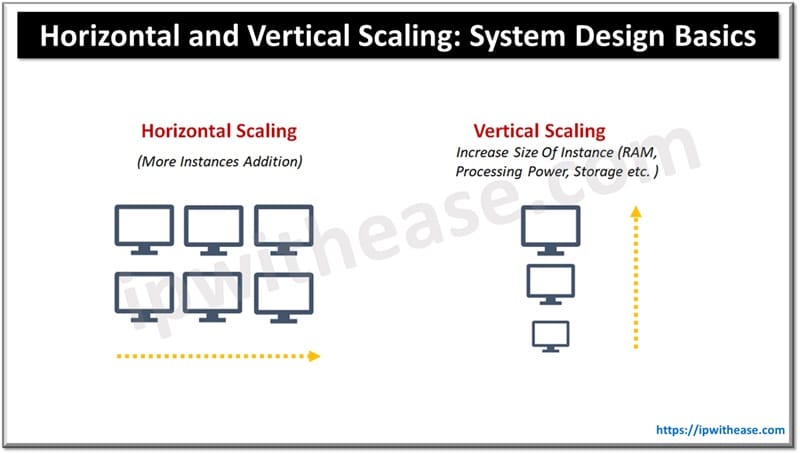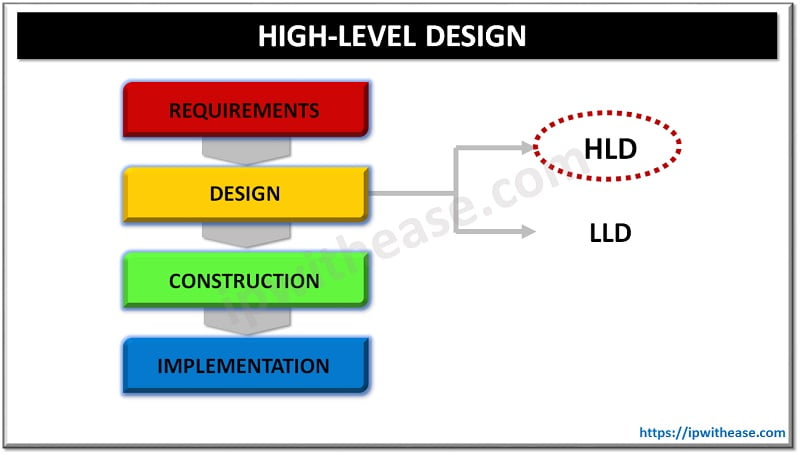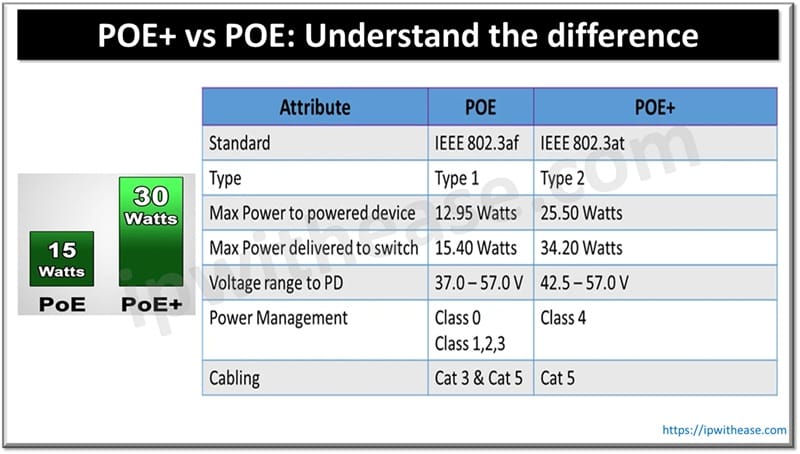Table of Contents
Network switches are used for performing a multitude of functions in networks. As organizations moved from traditional one building or location networks to cloud based networks the demand for higher capacity, scalability and more secure network devices has risen.
Since applications become enterprise level such as SaaS applications used by millions of users across the globe the demand for fast convergence networks has grown up.
Cisco Catalyst 9300-M series switches address the needs of enterprise wide deployed applications with a powerful switching hardware in-built in them. They are capable to cater high-bandwidth demanding applications and support deployment of high speed Wi-Fi access points.
Meraki MS390 series is again a cloud based stackable switch from Meraki which is meant for high performance networking requirements and enterprise wide deployed SaaS applications.
In today’s article we will understand the difference between Cisco Catalyst 9300-M and Meraki MS390 series of switches.
Cisco Catalyst 9300-M
Catalyst 9300-M series switches are meant to handle workload of enterprise wide deployed business applications. It has a powerful switching hardware and capability to combine the functioning of the Meraki web interface.
Features
- It has multi-gigabit ports, 4 fixed uplinks and 320 GB stacking.
- It supports fast convergence with high resiliency.
- It has an adaptive policy over-the-wire tag for traffic segmentation for higher security.
- It is integrated with the Meraki web interface for management and monitoring.
Using adaptive policies make it scalable and secure security policy deployments using security groups for traffic segmentation. With intuitive security policy management and scalable functionality, network administrators can get rid of traditional ways of managing switches using IP based access control lists. Adaptive Policy empowers administrators to be confident that network traffic is not dependent on network changes.
Related: Cisco Catalyst 9300 vs 9400
Meraki MS390
Meraki MS 390 is capable of handling workload of enterprise applications.
Features
- It is built with 480G stacking, Multi-gigabit ports, 10/40G modular uplinks with a powerful switching hardware.
- It has fast convergence and StackPower.
- It is integrated with the Meraki web interface.
With Adaptive policy interface support network traffic can be segmented at security policy level using security groups. Power distribution and pooling is done using StackPower cables to provide a resilient distribution of power across the stack.
Comparison: Cisco Catalyst 9300-M vs Meraki MS390
| Features | Cisco Catalyst 9300-M | Meraki MS390 |
|---|---|---|
| Hardware | Uses Catalyst 9300 series switch hardware only | Uses Catalyst 9300 series switch hardware only |
| Mode of operation | Can switch between DNA or Meraki mode | Supports only Meraki mode |
| Mode of management | Can be managed via central web interface of Meraki or locally as independent unit | Managed via Central web interface of Meraki |
| Software | Has different software based on mode of operation (DNA or Meraki) | Has software which is optimized for cloud operations |
| Performance and capabilities | •4 SFP / 10G/1G) fixed uplinks •320G stacking port (hardware) •Hot swappable power supplies and fans •Can stack upto 8 switches with 320Gbps stacking bandwidth (optional) •Virtual stacking •Static routing •Multicast routing •MFA enabled dashboard management •DHCP snooping, Dynamic ARP inspection, detection and blocking •Firmware upgrades are automatic with scheduling controls •Network management tools such as SNMP and syslog integration supported | •10/40G modular uplinks •120G stacking port (hardware) •Can stack upto 8 switches with 480Gbps stacking bandwidth •Static routing •Multicast routing •MFA enabled dashboard management •DHCP snooping, Dynamic ARP inspection , detection and blocking •StackPower feature supports stacking upto four switches in hoop network •Firmware upgrades are automatic with scheduling controls •Network management tools such as SNMP and syslog integration supported |
| Additional feature | Nothing as such | •Has capability of layer 7 firewall for traffic shaping •Layer 3 dynamic routing and stacking (Virtual mode) |
Download the comparison table: Cisco Catalyst 9300-M vs Meraki MS390
ABOUT THE AUTHOR

You can learn more about her on her linkedin profile – Rashmi Bhardwaj



